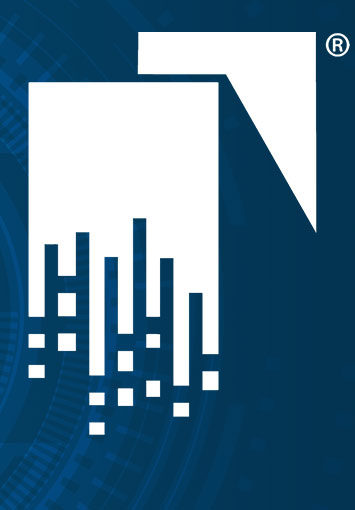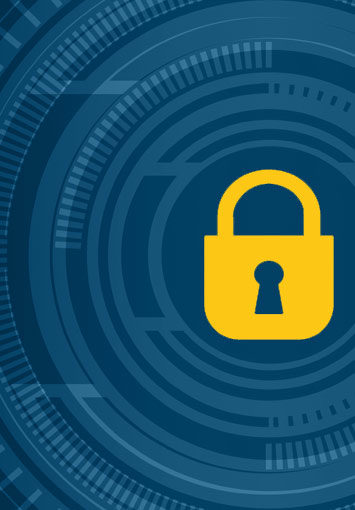Records Management Knowledge Center
Learn how to manage, organize, and store your critical data more efficiently.
Improving the accessibility and security of your data doesn't need to be difficult. Our knowledge base contains all the information you need to make informed decisions when its time to modernize your records management practices.
With data breaches and identity theft on the rise, businesses and their customers face constant reminders of the consequences of poor data management. To counter this growing threat, many businesses are investing heavily in security and infrastructure to ensure that their sensitive data is properly protected. However, processes for properly destroying unnecessary data when it
Converting thousands of paper records into an efficient, easy to use electronic record keeping system is no easy task. In fact, there are a lot of things that can go wrong along the way that can turn this process into a waking nightmare if you don’t know what you’re doing. That’s why businesses typically outsource
A growing number of businesses are ditching their outdated paper record-keeping systems in favor of modern electronic records management systems. But why? What motivates a business to undergo such a complicated and time-consuming process? If it isn’t broken, don’t fix it… right? Wrong. Paper is an extremely inefficient way of storing information. In fact, if
Record keeping is an essential part of running any business. In fact, a highly organized record keeping system can help your organization operate more efficiently, eliminate filing errors, meet your retention requirements, and so much more. However, properly managing your records is an expensive, frustrating, and often time-consuming process that siphons resources away from other
And that can make it difficult to ensure that your records haven’t been compromised or tampered with along the way. Not to mention the fact that if a document goes missing during this process, it can be nearly impossible to track down. For this reason, it’s important to maintain a secure chain of custody for
As technology improves and the cost of digital storage plummets, a growing number of organizations are moving away from physical documents entirely, instead choosing to store their vital business data digitally in an electronic records system. And for good reason. Businesses who continue to rely on paper record-keeping suffer from reduced productivity, increased costs, and
Businesses rely on the information they collect to provide goods and services to their customers, and to drive important business-related decisions. They also need to store a ton of documentation, including employee records, financial records, and contracts, many of which must to be kept on file for an extended period of time in order to
What is one thing that every educational institution, from early education to higher learning has in common? The answer: Paperwork, and tons of it! On-boarding new students, hiring staff, and meeting fiduciary responsibilities generates a massive amount of documentation. And to make matters worse, complying with state guidelines and federal privacy laws like FERPA means
Businesses are often required to collect personally identifiable information from their customers, prospects, and employees as part of normal day to day operations. Once a business takes possession of this data, they are responsible for protecting it, and must adhere to the many laws and regulations enacted to protect PII and PHI. These regulations are
Microfilm was once considered to be the gold standard of information storage. At the peak of its popularity, no other storage medium came close to the convenience, affordability, and durability that microfilm was able to provide. For this reason, it has been widely adopted by government agencies, libraries, historical archives, and other institutions that require









